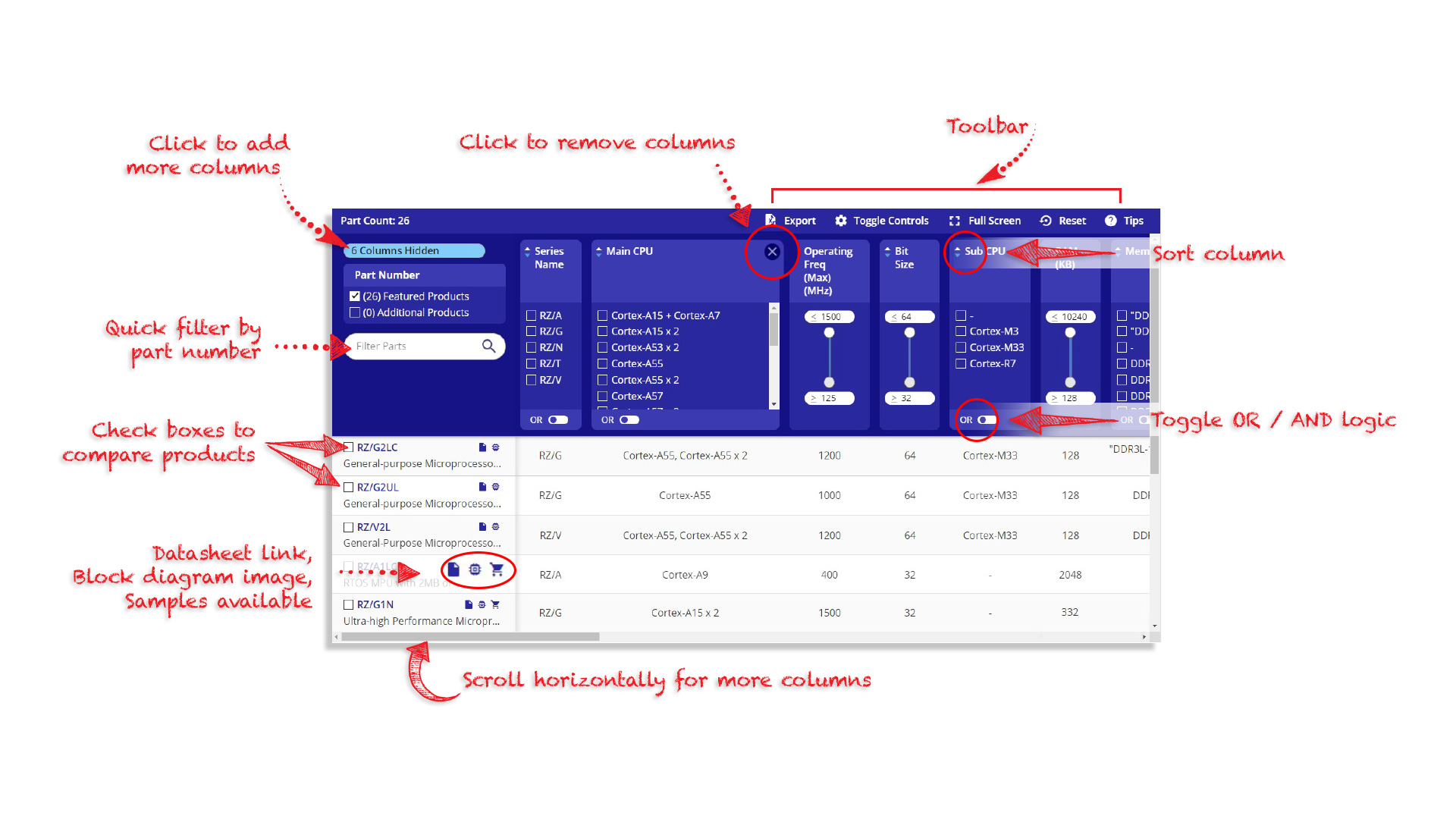5V, Rail-Rail I/O, Zero-Drift, Programmable Gain Instrumentation Amplifiers Evaluation Board
The ISL2853xEV2Z and ISL2863xEV2Z boards allow simple evaluation of the ISL2853x and ISL2863x 5V zero-drift programmable gain instrumentation amplifiers. The boards are...



